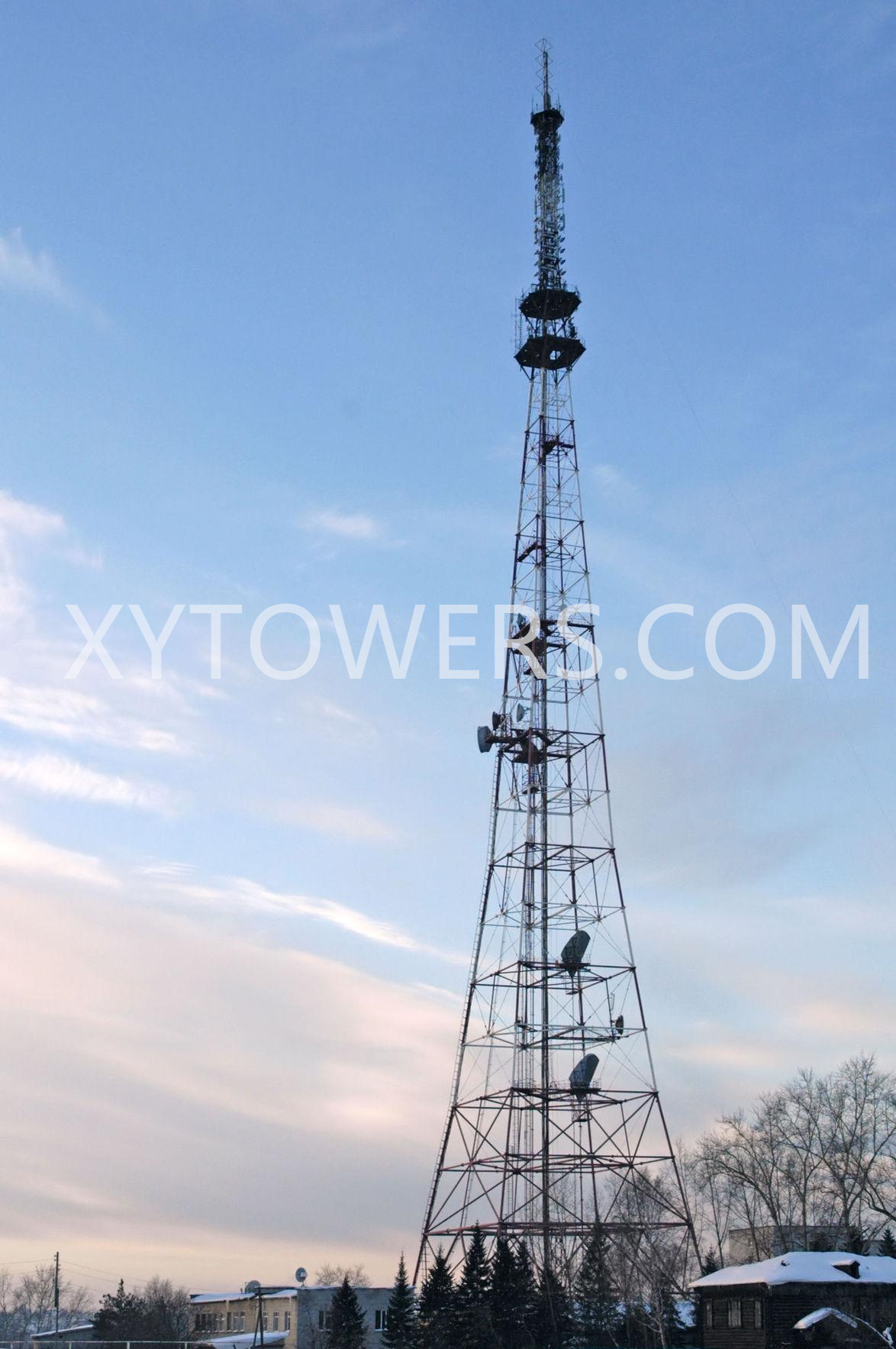
In today’s fast-paced digital world, the importance of reliable communications cannot be overstated. At the heart of this connectivity are communications towers, which form the backbone of our telecommunications infrastructure. From mobile towers to internet towers, these structures are essential for transmitting the signals that keep us connected. In this blog, we will explore the various types of communications towers, including microwave antenna telecom towers and galvanized lattice steel towers, and their importance in our daily lives.
Communications towers are tall structures used to support telecommunications and broadcast antennas. They help transmit radio, television, and internet signals over long distances. The most common types of communications towers include lattice towers, monopole towers, and invisible towers, each with specific uses and environments.
Typically made of galvanized steel, lattice towers are a popular choice for telecommunications companies due to their strength and durability. These towers consist of a framework of steel beams, formed into a triangle or square shape, which provide stability and support for multiple antennas. Lattice towers can reach impressive heights, making them ideal for areas that require extensive coverage. They are designed to facilitate maintenance and the addition of new equipment, which is critical in the ever-evolving world of telecommunications.
Microwave Antenna Telecommunications towers are specialized structures that support microwave antennas, which are essential for point-to-point communications. These towers are often used to connect remote areas, providing Internet and telecommunication services in places where traditional wired connections are impractical. The use of microwave technology allows for high-speed data transmission, so these towers are essential for businesses and individuals in rural or underserved areas.
Mobile towers, also known as cellular towers, are essential in providing mobile phone coverage. These towers are strategically placed to ensure that users can make calls, send text messages, and access the internet seamlessly. With the rise of smartphones and mobile data usage, the demand for mobile towers has skyrocketed. Telecommunications companies are constantly expanding their networks by building new mobile towers to meet the growing demand of consumers.
Internet towers play an important role in providing broadband connectivity to homes and businesses. Equipped with advanced technology, these towers enable high-speed Internet access, allowing users to stream videos, participate in video conferences, and play online games without interruption. As more and more people rely on the Internet for work and leisure, the importance of Internet towers continues to grow.
As technology advances, so too are the designs and capabilities of communications towers. Innovations such as 5G technology are pushing the limits of telecommunications. New towers are being designed to meet growing data demands and support more antennas. Additionally, the integration of renewable energy sources such as solar panels is becoming more common, making communications towers more sustainable.
Post time: Nov-27-2024





